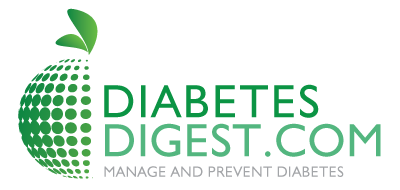Keep Active
Physical activity is great for everyone, whether you exercise every day or are just starting out. And, you don’t have to do vigorous workouts to get the benefits of physical activity, which include:
- Stronger muscles (including your heart) and stronger bones
- Better flexibility and mobility
- Better circulation
- Lower risk for type 2 diabetes, stroke and heart disease
- Better metabolic markers (blood glucose, triglycerides, cholesterol, blood pressure)
How can I get started?
Don’t worry if you have never exercised before, or if you’re out of practice. But, before you start, you should get a checkup from your healthcare provider and ask him or her if there are any kinds of activity you should avoid.
Physical activity
You do not have to do an exercise routine every day to stay in shape. The movements you do around the house and at work also count. For example, you can build muscle and burn a lot of calories by:
- Gardening
- Cleaning the house
- Walking the dog
- Playing with your children or grandchildren
- Taking the stairs instead of the elevator
- Parking far away and walking
- Walking or biking to your destination instead of driving
Cardio exercise
Cardio exercise–sometimes called “aerobic exercise”–is great for your heart, lungs and blood circulation. It can also lower your risk for serious diseases, including type 2 diabetes, stroke, heart attack and liver disease.
The ADA recommends 30 minutes of cardio, 5 or more days each week. But if you haven’t tried this type of activity in a while, start slowly (about 5 or 10 minutes every day) and work your way up to 30 minutes. Here are some ways to keep your heart and lungs strong:
- Run
- Bike
- Swim
- Take an aerobics or power yoga class
- Jog
Strength training
While cardio exercise is great, it’s also important to build and maintain your muscles. This is why you should do strength training 2-3 times each week, and be sure to take one or two days off in between each workout. There are many ways to reach this goal:
- Lift weights at home or at the gym
- Try yoga or Pilates
- Use resistance bands
Keep track of your progress
When you first get started, it’s a good idea to write down any fitness goals you may have. Do you want to lose weight or inches? Get stronger? Run faster? Become more flexible? Have less pain?
Keep a record of these goals on a calendar, in a notebook or with an online tracker. Keep track of your progress every week so you can see if you need to make any changes. It might also be helpful to exercise with a friend or family member so you can help each other meet your goals.












